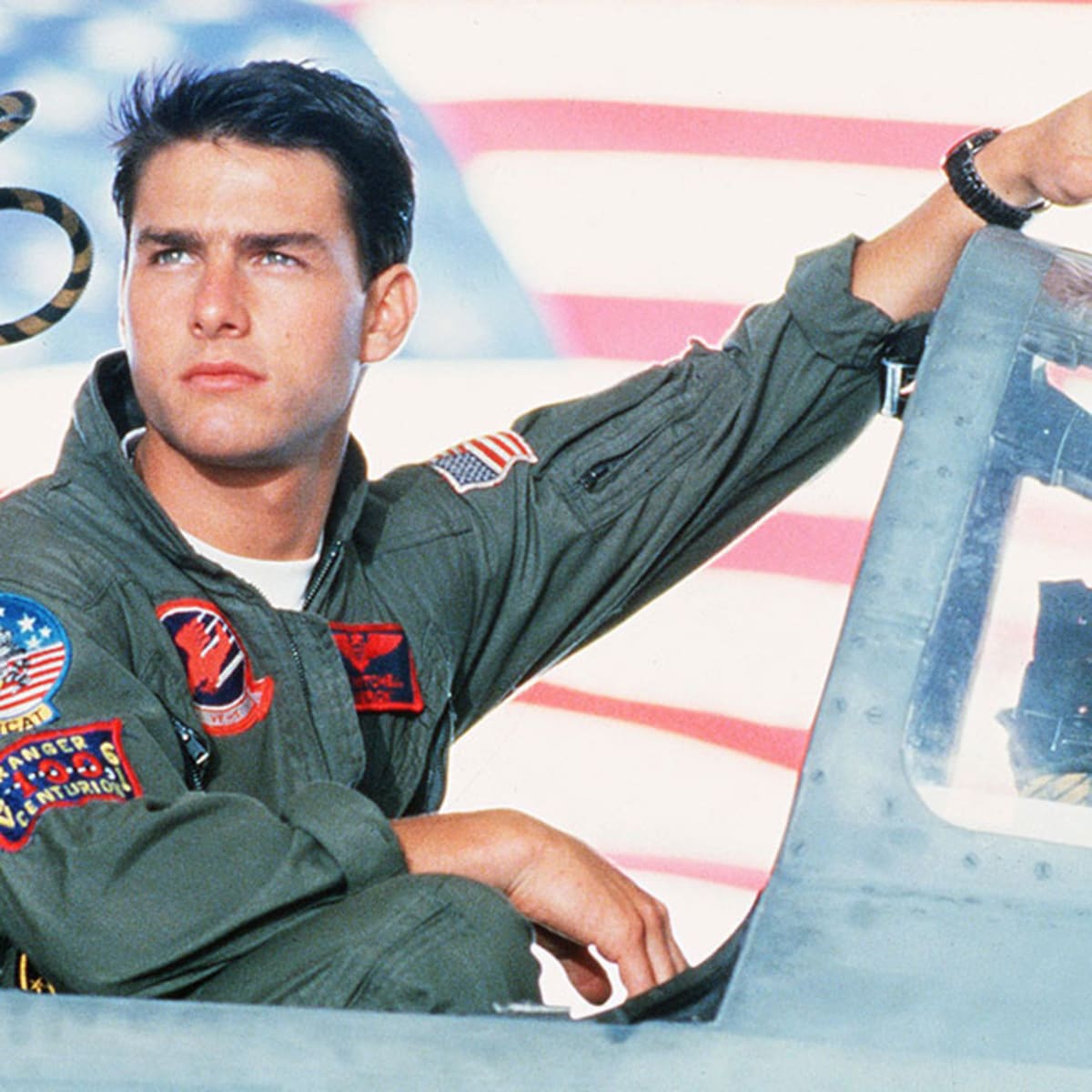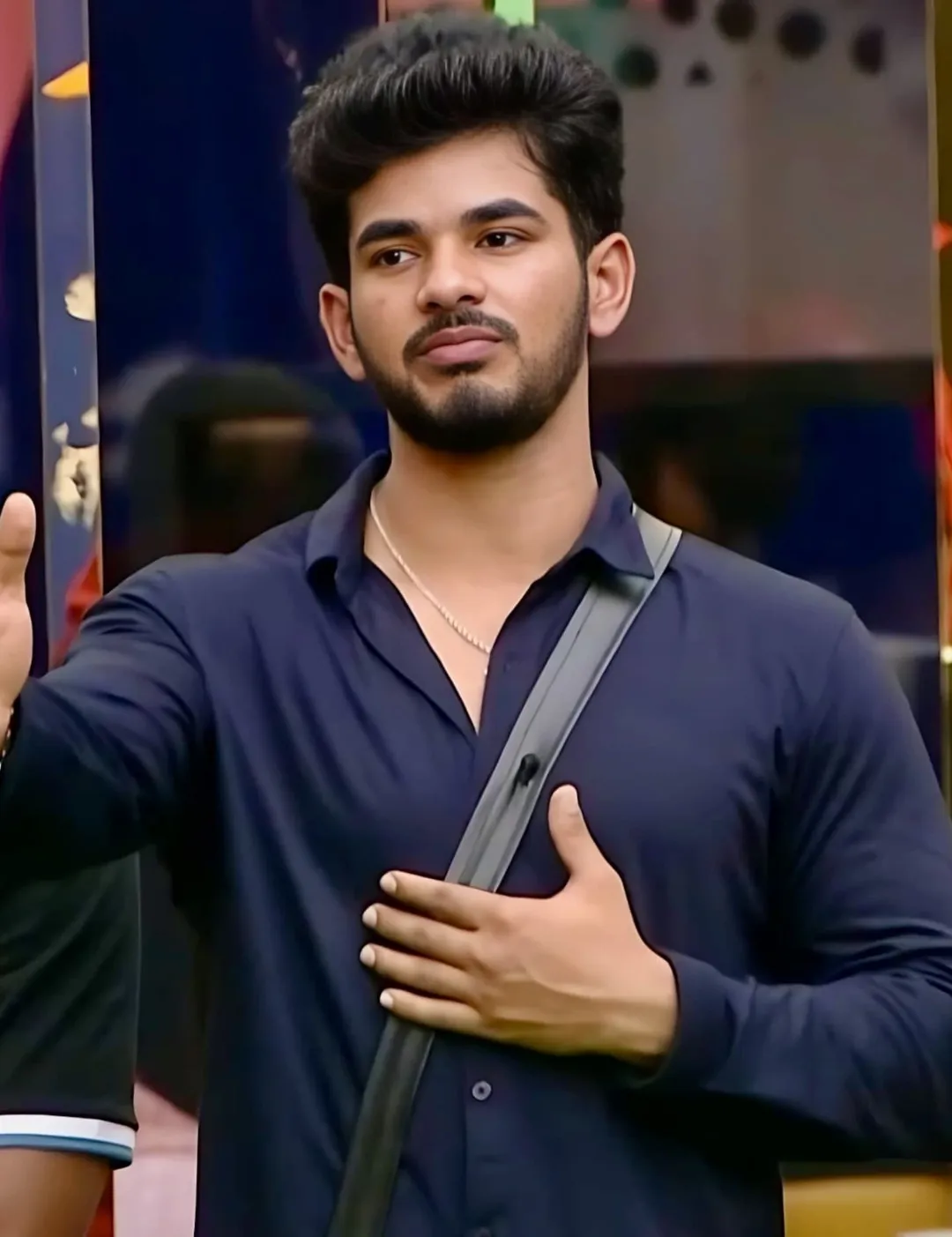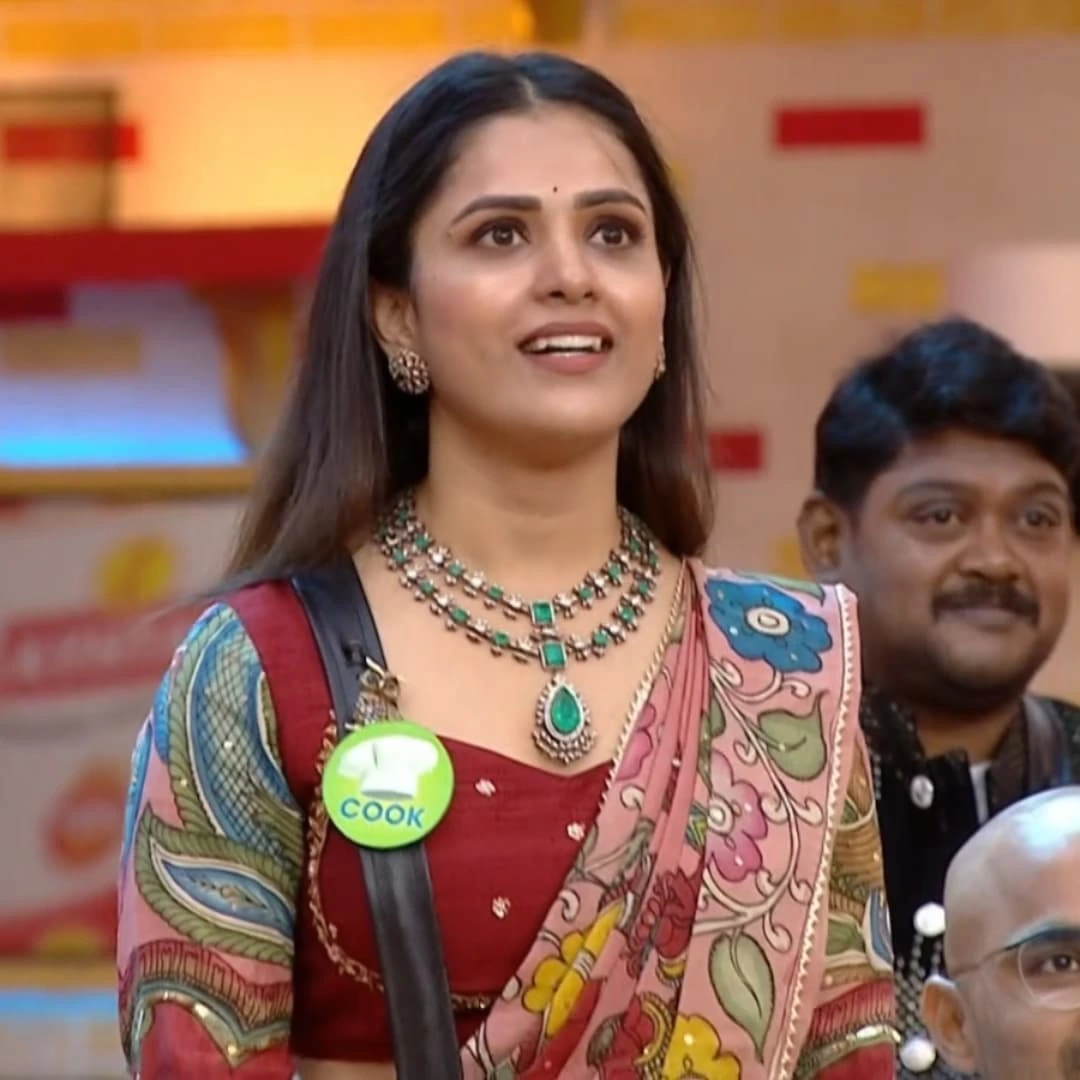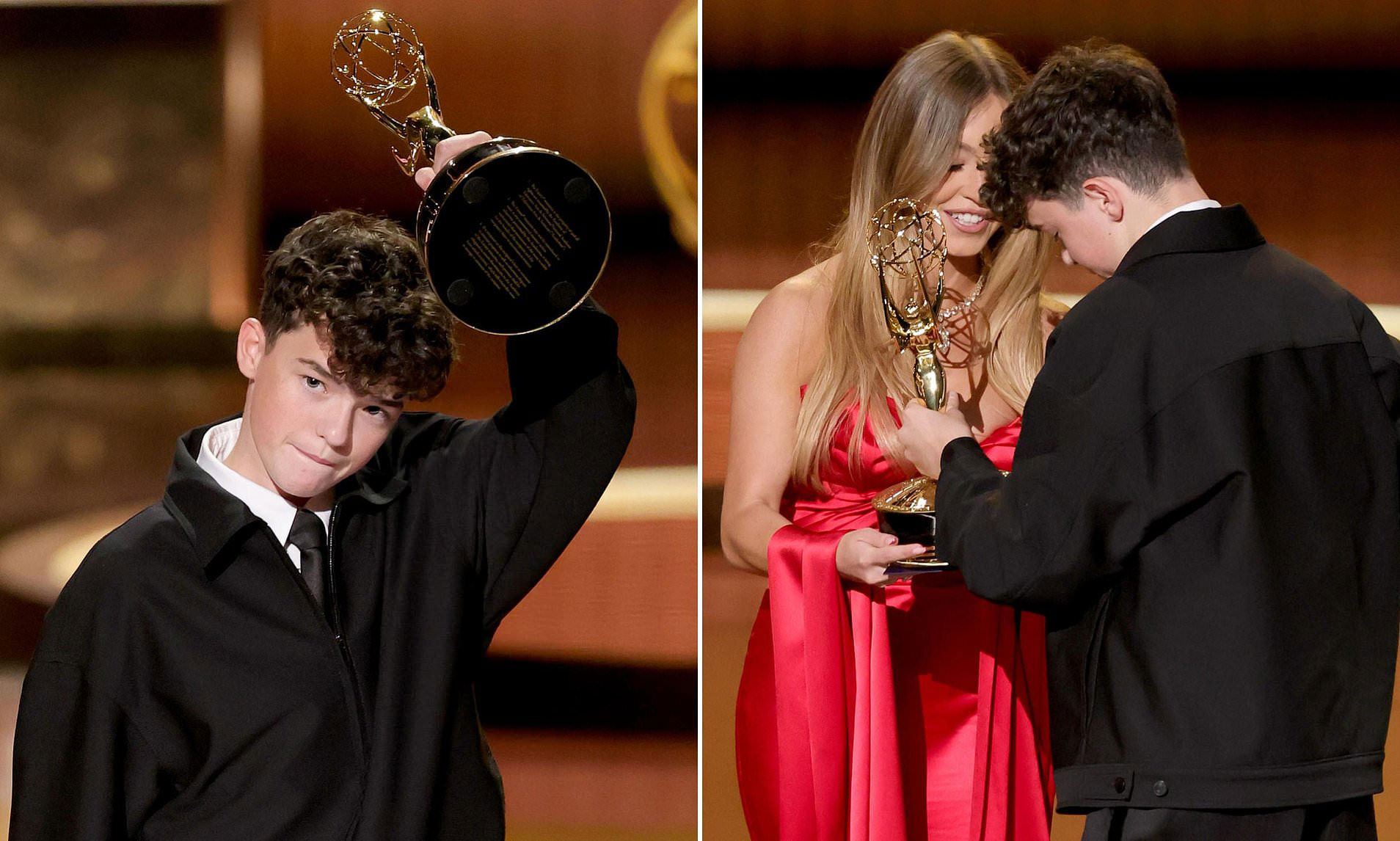The 2022 box office smash “Top Gun: Maverick” not only reignited Tom Cruise’s action-star legacy, but also launched the careers of actors like Glen Powell and Miles Teller. However, for Canadian actor Manny Jacinto, the experience of filming the movie took an unexpected turn. Initially cast with a speaking role, Jacinto ultimately saw all his lines removed in the final cut. This unexpected decision sparked discussions about representation and the challenges faced by actors of color in Hollywood.

From Fighter Pilot to Silent Observer: Jacinto’s Role in “Top Gun: Maverick”
Jacinto landed the role of Lieutenant Billy “Fritz” Avalone, a fighter pilot alongside the new generation of aviators recruited for a high-stakes mission. As preparation for the demanding role, Jacinto underwent rigorous training alongside his castmates, including intense physical conditioning and familiarization with fighter jets. However, upon the film’s release, Jacinto’s character appeared only fleetingly in the background of a few scenes.
Fan Confusion and the Underlying Message
Fans familiar with Jacinto’s comedic talents, honed in his role as Jason Mendoza on the popular sitcom “The Good Place,” were understandably surprised by the limited screentime. After all, “Top Gun: Maverick” served as a launching pad for other actors like Powell and Teller.
While the final decision may have come as a disappointment, Jacinto’s perspective offered a nuanced understanding of the situation.
Jacinto’s Response: Embracing the Experience and Advocating for Change
In an interview with GQ magazine, Jacinto expressed his mixed feelings about the edit. He acknowledged the “outcry” from fans who felt his character deserved more prominence, but also revealed he wasn’t entirely surprised.
“There was this sense of where the film was going [on set], like I can see them focusing the camera more on these [other] guys and not taking so much time on our scenes,” Jacinto said.
However, he refrained from negativity. “Fortunately, it still was a great experience — you get to see this huge machine at work, see how Tom Cruise works, and you get to be a small part of this huge franchise,” he explained.
Beyond Disappointment: Fueling Change Through Action
Jacinto did express a degree of frustration with the final cut, acknowledging it felt like a missed opportunity. Yet, he channeled this into a powerful message about representation in Hollywood.
“At the end of the day, Tom Cruise is writing stories for Tom Cruise,” he stated.
This statement struck a chord. It highlighted the reality that established A-listers often have a significant influence on the narrative.
“It’s up to us — Asian Americans, people of color — to be that [for ourselves],” Jacinto continued. “We can’t wait for somebody else to do it. If we want bigger stories out there, we have to make them for ourselves.”
Jacinto’s words emphasized the importance of fostering opportunities for diverse narratives and casting actors of color in prominent roles. This sentiment resonated with many actors and filmmakers pushing for greater diversity and inclusion in Hollywood.
The Ongoing Fight for Representation: A Shared Responsibility
The “Top Gun: Maverick” editing decision highlights the complex landscape of representation in Hollywood. While strides have been made, there’s still a significant distance to cover.
Here’s a breakdown of the situation:
Challenges:
- Limited stories: Studios often prioritize narratives with established formulas and bankable stars, potentially overlooking fresh perspectives.
- Casting choices: Roles for actors of color can be limited, and they may be relegated to stereotypical characters or supporting roles.
- Power dynamics: A-list actors, producers, and directors often have significant control over creative decisions, potentially creating narratives focused on specific demographics.
Solutions:
- Diversity in storytelling: Studios and creators can actively seek out diverse stories and voices, leading to more inclusive narratives.
- Color-blind casting: Casting directors can prioritize talent and suitability for a role over an actor’s race or ethnicity.
- Support for diverse filmmakers: Uplifting filmmakers and creators from underrepresented communities empowers them to tell their stories.
Moving Forward: Lessons Learned and Opportunities Arise
Jacinto’s experience with “Top Gun: Maverick” offers a valuable lesson in advocating for inclusion. While the film ultimately took a different route, Jacinto’s career continues to flourish. His upcoming role as a Sith Lord in the Star Wars spinoff series “The Acolyte” demonstrates the potential for actors of color to secure prominent roles in major franchises.
The conversation sparked by Jacinto’s experience highlights a call for change. With a concerted effort from studios, filmmakers, and audiences alike, Hollywood can move towards more inclusive storytelling that embraces talent and reflects the diverse makeup of the world.




